
Let’s make a composite image of an ideal and exemplary Communist and take a look at how his Party career might in theory have developed. Let’s call him Petya.
When Petya turns seven and enters primary school, he can join his first youth organization. He becomes a Little Octobrist (oktyabryonok) and receives an honorary badge shaped as a red star and featuring Vladimir Lenin as a child.
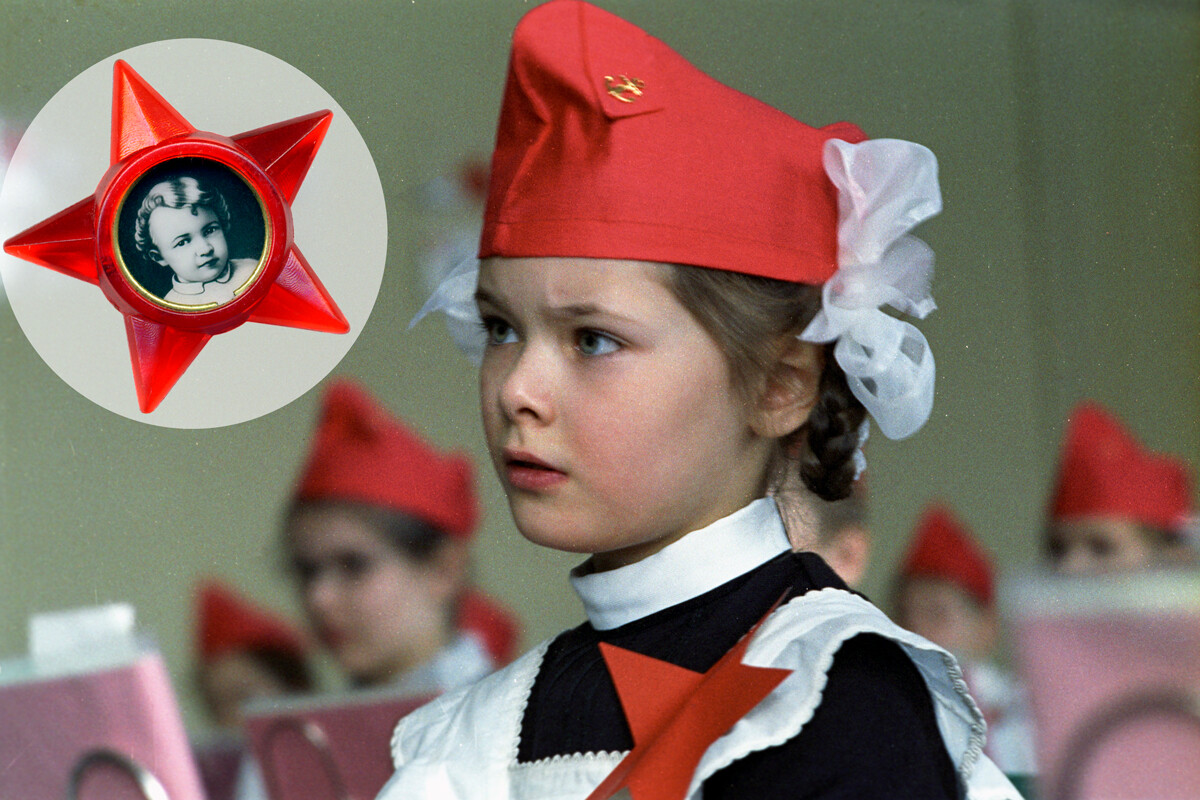
A Little Octobrist
Ivan Zotin/Sputnik; Public DomainThe title “Octobrist” derived from the name of October Revolution which was the most commonly used term for the Bolshevik Revolution of 1917. (This was because in 1917 there was also the February Revolution). The very first Octobrists appeared in 1924 and they were actually the same age as the Revolution.
Octobrists were usually divided into groups and paired with older children aged 14-16. Octobrists had to study well at school, exhibit exemplary behavior, respect adults and seniors, and in general be clean and tidy. Pupils in one group should always act friendly toward each other, organize common activities, sing, paint and enjoy life.
As an Octobrist, from now on Petya will have to uphold the code of honor that comes with being in such a communist children’s organization.
When Petya turns 9, which is in about the third grade, he has the right to enter the Pioneer Youth Organization. The Young Pioneers (or as they officially were called, the Vladimir Lenin All-Union Pioneer Organization) was the most common mass youth organization in the USSR. Formally, it was something resembling the scouts, but it was centered around instilling a Communist upbringing in the youth.
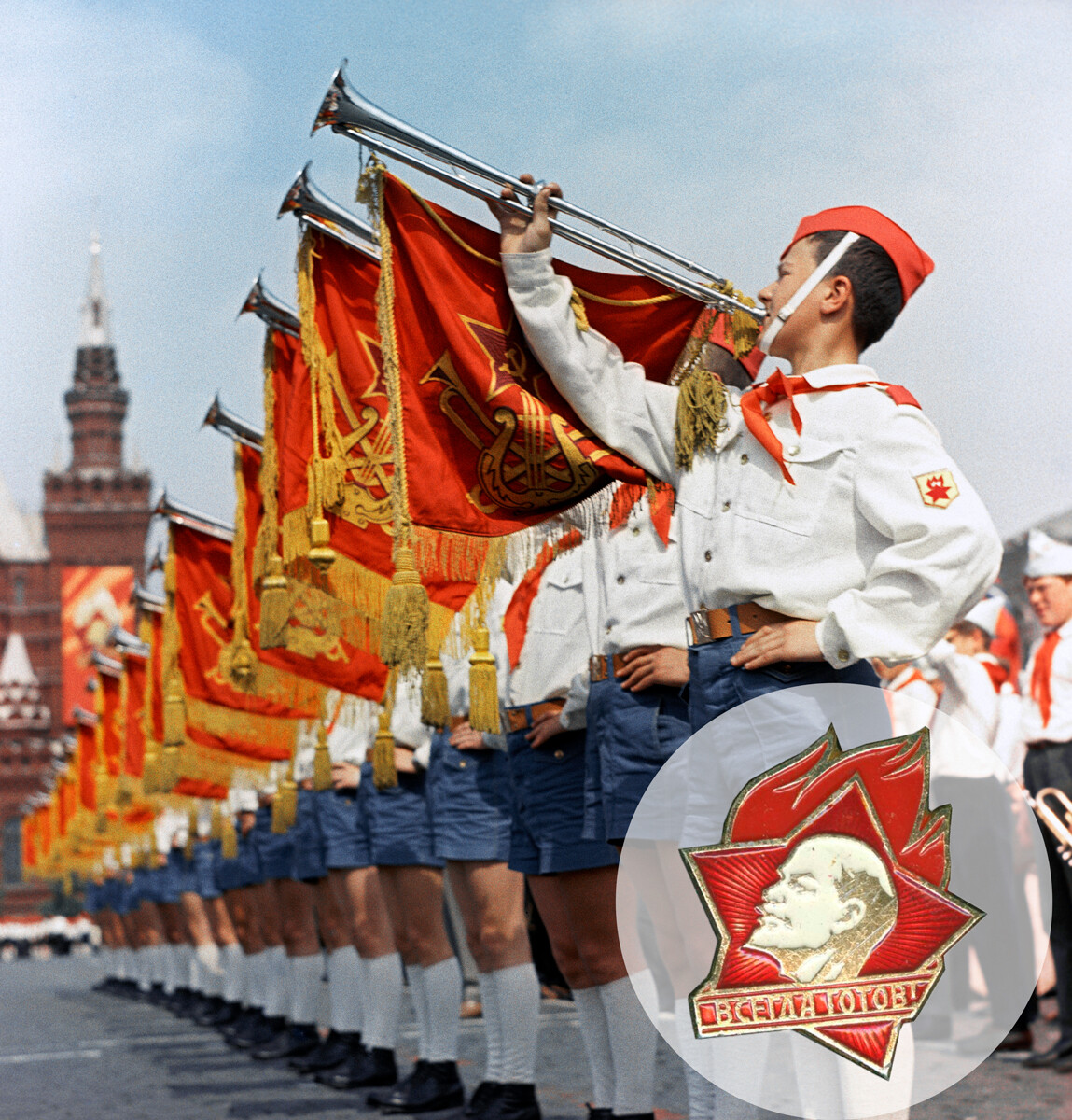
Pioneers attend a parade on Red Square
Lev Polikashin/Sputnik; Public DomainPioneers were raised to be useful and to contribute to Soviet society. They gathered waste paper and scrap metal, and brought it to recycling centers (often competing to see who brought more). The Pioneer organization had its own rules and laws: Pioneers had to be faithful to the Motherland, had to be well behaved, had to work well in a collective and had to be hardworking.
Their motto was '”Always Ready!” Petya would be eager for work, for the defense of the fatherland and for the ideals of the Communist Party. He would love to become a hero (and if he was born after World War II, he would be jealous of those who defeated the Nazis or were partisans). Petya would also help old people carry bags or cross the road.
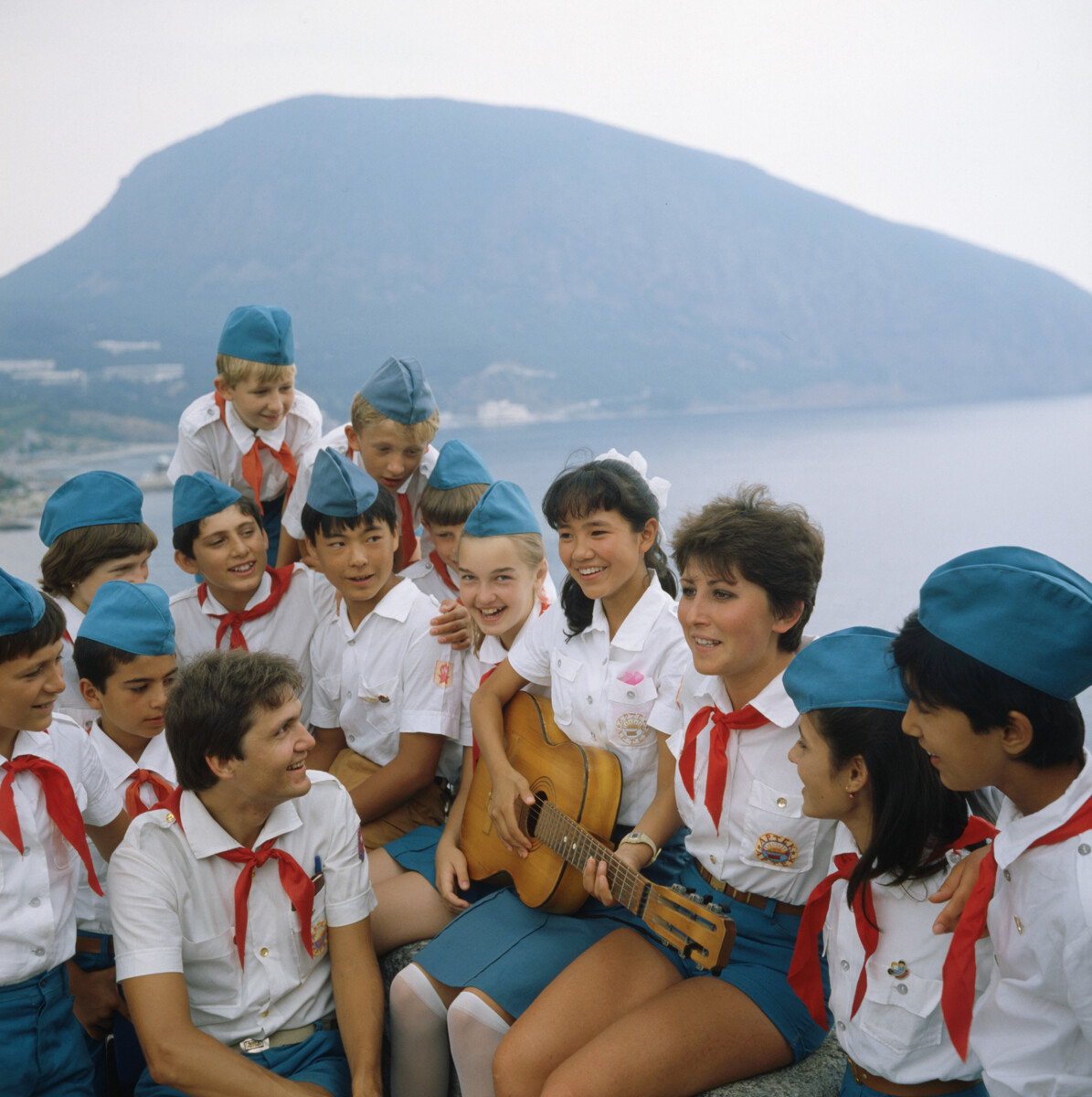
Pioneers in summer camp
Konstantin Dudchenko/TASSFrom now on, Petya had to wear a red tie and a red-star badge featuring a flame and Lenin (but already as an adult). If Petya will be an explementary Pioneer, he would be lucky to receive a voucher to attend free summer camp - the luckiest were given the chance to visit the sea, and to attend the legendary and iconic Artek summer camp in Crimea.
From the age of 14, Petya would have the honor to join the All-Union Leninist Young Communist League (or simply Komsomol). This was already a serious matter, because it was a political youth organization that was often called the Communist Party’s younger brother. The Komsomol badge featured a red flag and Lenin's portrait.
To apply for Komsomol membership, Petya should provide recommendations from Communists or experienced Komsomolets. And it was necessary to pass an exam in front of a commission of communist comrades.
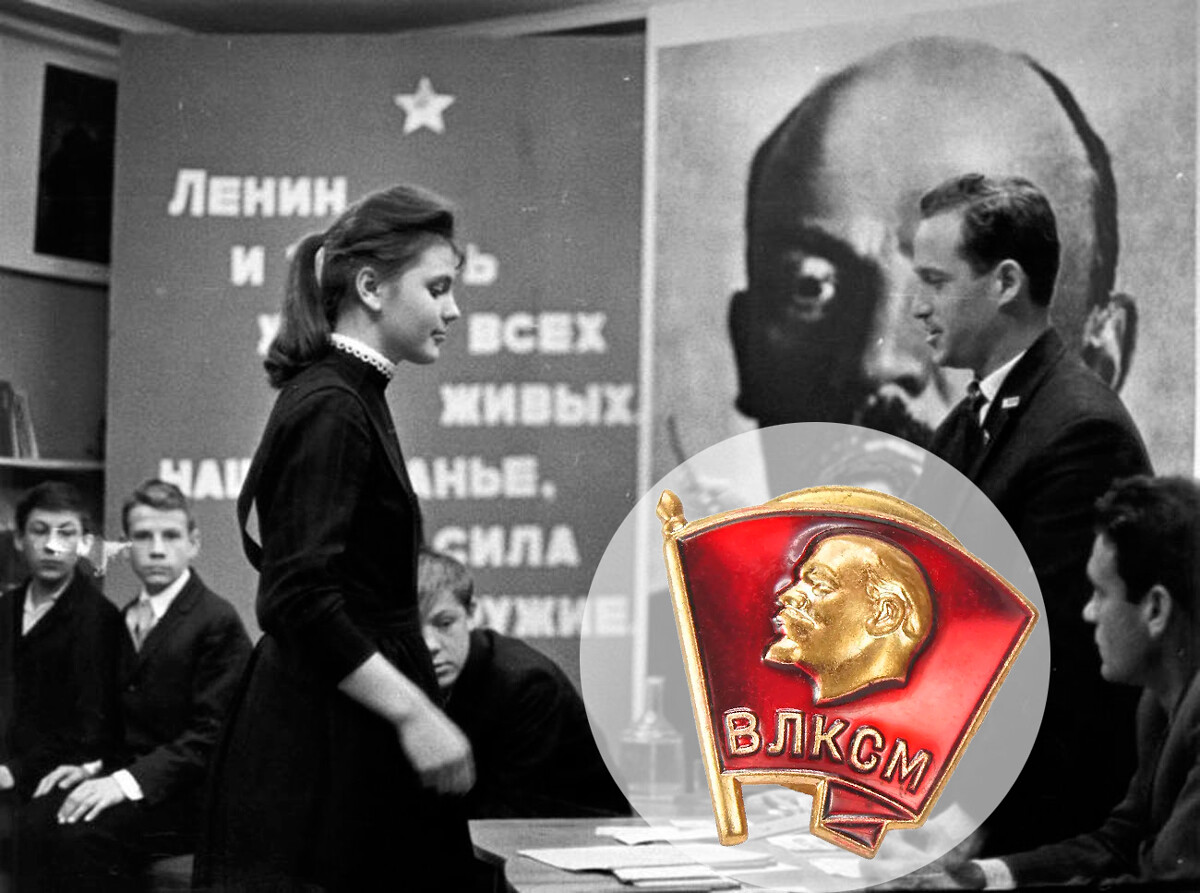
Receiving a Komsomol ID
Vsevolod Tarasevich/МАММ/MDF/russiainphoto.ru; Public DomainHowever, Petya could easily be expelled from the organization for bad behavior and school marks, and for other things that didn't correspond to Communist honor, including if a family member was sentenced to the Gulag. If Petya would find himself kicked out of the Komsomol, he would be deprived of any chance to join the Communist Party!
Petya is able to be a member of the Komsomol up to age 28. This membership usually helps in primary school and then high school, as well as when seeking employment later on. Komsomol members had to pay a small membership fee.
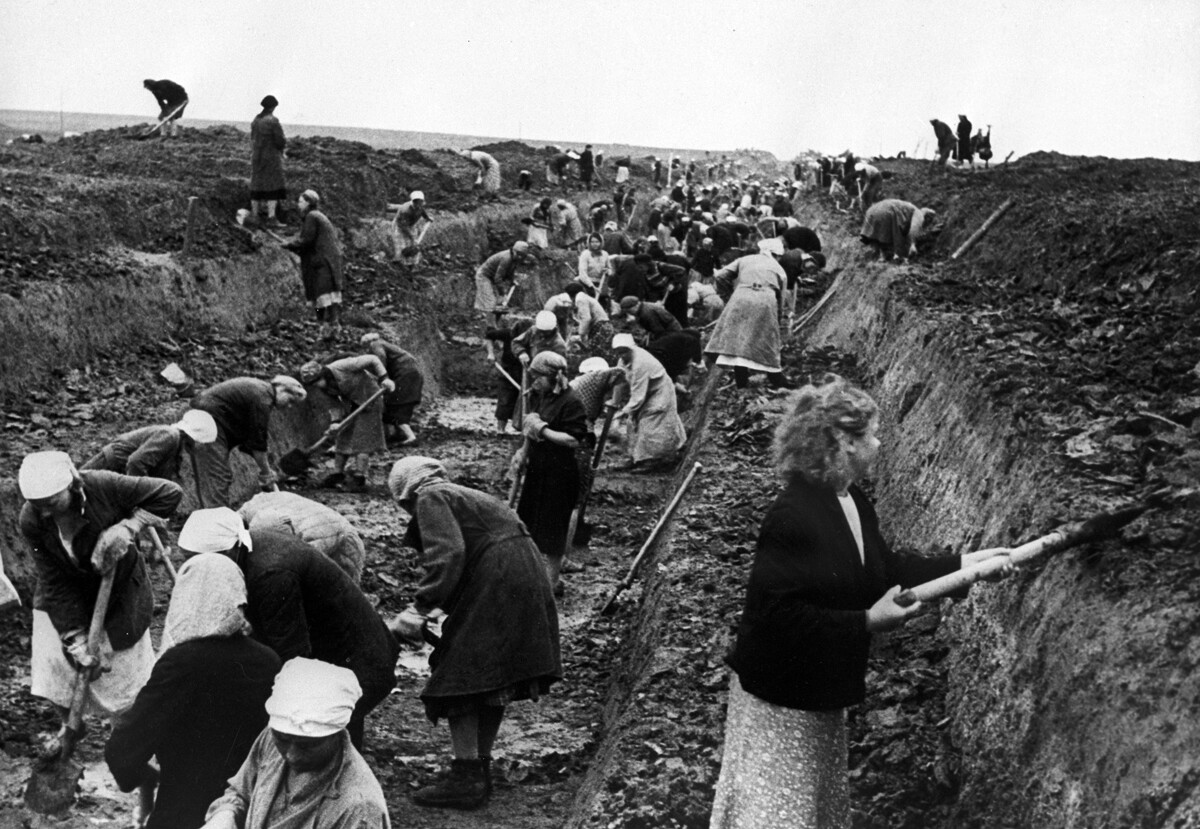
Komsomol members help build defensive lines near Moscow, 1941
Russian State Film and Photo Archive/SputnikAt the same time, in his free time, a Komsomolets might have to help out at construction sites, during harvesting on collective farms, as well as many other activities, but this usually was a chance to make some extra money.
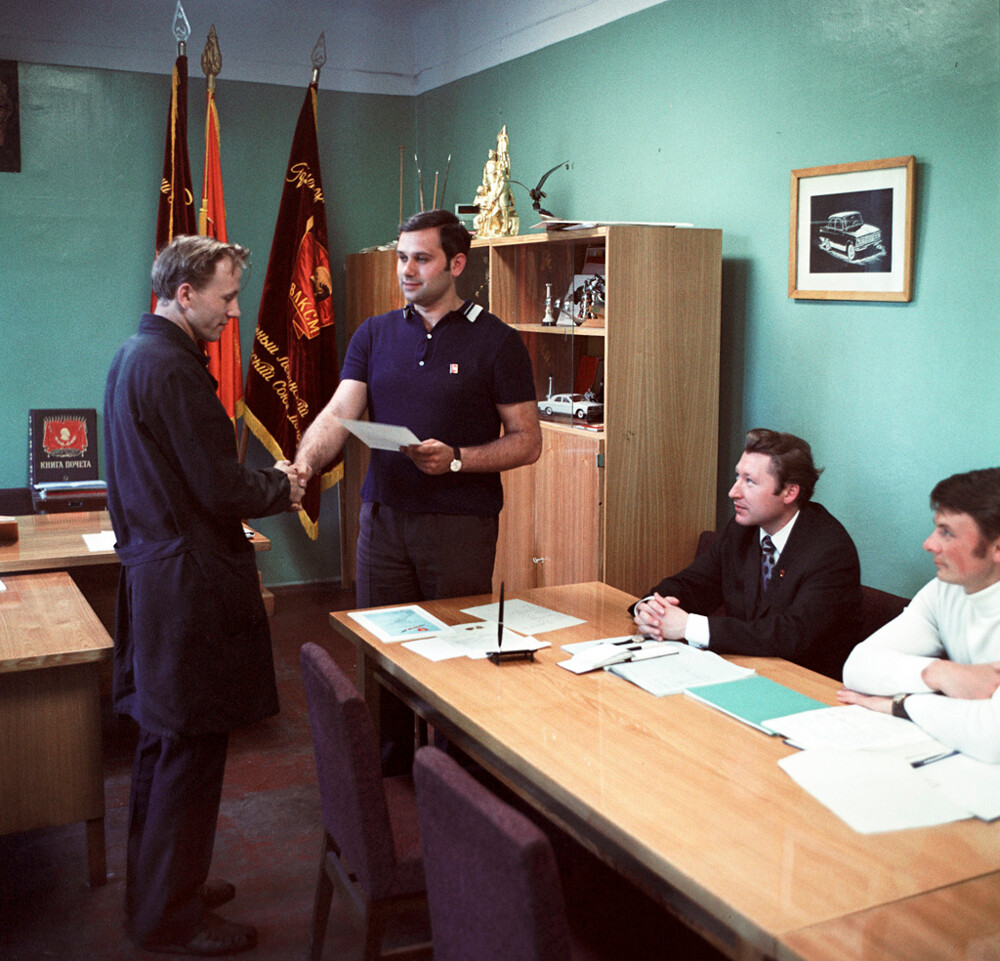
Secretary of the Komsomol Committee of the Moscow Automobile Plant awards a Komsomol mechanic with a certificate of honor
Sputnik archive/Alpert/CC-BY-SA 3.0Each high school had its own Komsomol organization cell that organized meetings and arranged work for students. (In 1977, there were more than 36 million Komsomol members). They even held a kind of public hearing when a student with bad school marks, or who exhibited non-Communist behavior, would be condemned in front of a big audience.

Komsomol functionaries visiting the organization’s All-Union Congress, 1970
Boris Yelin/SputnikBut if Petya was an active guy who studied well, played sports and set a great example for others, he could become a secretary (head) of his Komsomol cell. This position brought extra respect (and money), and of course extra responsibility.
From the age of 18, Petya is given the right to apply for Communist Party membership. But in order to qualify for this right to have this honor to join the Party, Petya must prove that he deserves it. First of all, he has to become a candidate Party member in order “to become more familiar with the Communist Party Program and Charter and to prepare to become a member of the Party,” according to the Big Soviet Encyclopedia writes.

Candidate members had the right to attend Party meetings, but couldn’t vote
Yury Abramochkin/SputnikThe candidate’s term, a kind of trial period, could last from several months up to three years. Despite Vladimir Lenin’s precept to give a candidate real challenges in order to test him, the candidate status was in fact more a formality.
Finally, Petya gets his Party membership card, and now he’s a true Communist. Petya has to pay membership fees, and notes are made in the card for each payment completed.
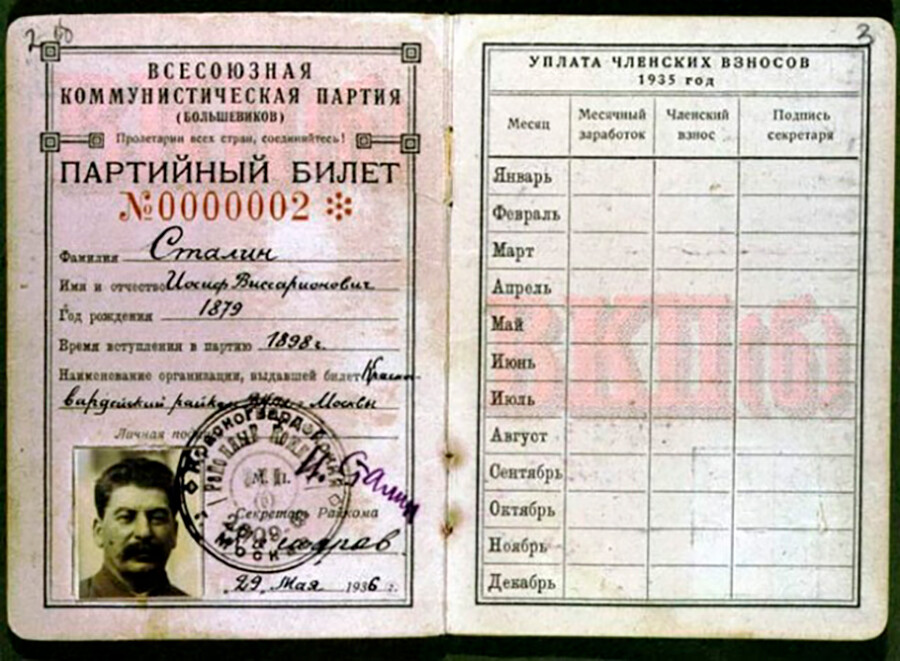
Joseph Stalin’s Party membership card
Public domainIn the early days of the Soviet Union, most Party members were factory workers and peasants (kolkhoz workers). However, as time passed the number of Communist functionaries who weren’t workers or peasants started to grow.
Petya now has to attend Party meetings, and certainly he does it with enthusiasm and he expects that they have to discuss serious problems and find ways to make the world a better place. If Petya proves himself very dedicated to his work, then he can choose to make the Party and its communist mission the main purpose and focal point of his life.
For those true Communist believers such as Petya, there were several Soviet high schools that prepared Party functionaries - what’s known as the nomenklatura. Those who graduated can go on to build a great career inside the Party.
The Communist Party was an omnipresent structure that had its representatives in all Soviet organizations - in schools, high schools, in each factory and hospital, in scientific institutes and in the army.
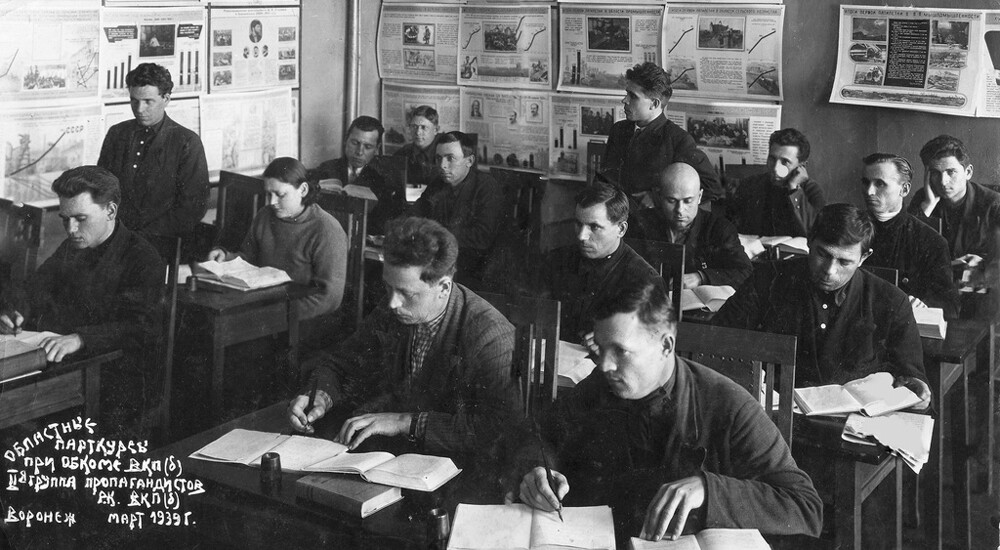
Political classes of a Party organization
Yevgeny Akhmatov archive/Russia in photoSince Petya has decided to be a professional Communist, he can also become a head of a Party cell, earning the title of ‘Secretary’. Petya will be in charge of promoting political literacy. He will have to organize Party members’ meetings and manage a variety of other issues. For example, the wife of a factory worker might complain to Petya that her husband drinks too much or is unfaithful. And Petya will have to organize a public meeting of comrades who will then try to return that man back to the right path.
In addition to small Party cells at the workplace, there were Party committees responsible for districts, cities, regions and finally entire Soviet republics. If Petya proves himself to be a charismatic leader then he can be nominated to join the bigger committee. And if he gets lucky, then he has the chance to be elected as secretary of this committee.
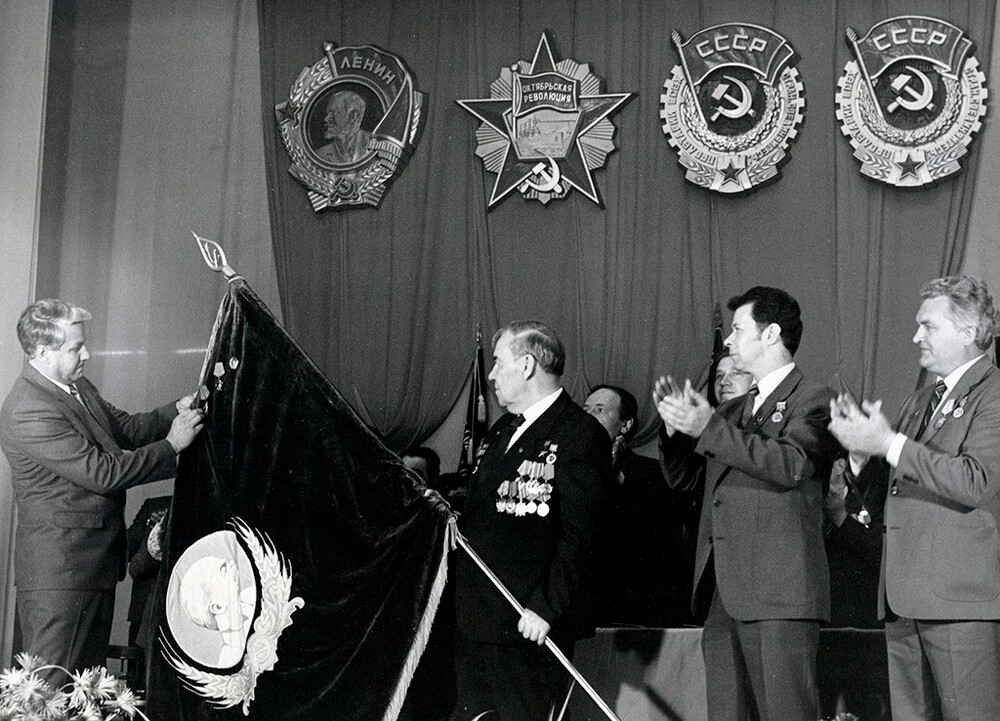
Boris Yeltsin as Secretary of the Sverdlovsk (Yekaterinburg) Party Committee presents the Order of the Red Banner of Labor to the Pervouralsk Factory
Anatoly Semekhin/Yeltsin Center/Russia in photoHe’s already reached a very prominent position in the Party, and these people usually wield a lot of power. Petya will now be able to influence and manage those Party members who are in subordinate positions, and have the authority to order them to complete tasks he himself gets from above. As secretary of a regional committee, Petya will have a lot of excellent connections and be acquainted with many people who he can then benefit from simply for the reason that he can!
After performing well in the regional or republican Party committee, Petya could potentially have the great honor to join the elite of the Party and the entire Soviet Union - the Central Committee of the Communist Party. These were the most important people in the entire country. And while there were ministries and ministers in the Soviet state structure, the Central Committee Party members were also in charge of certain areas, such as culture, propaganda, light and heavy industries, construction works, transport and many more.
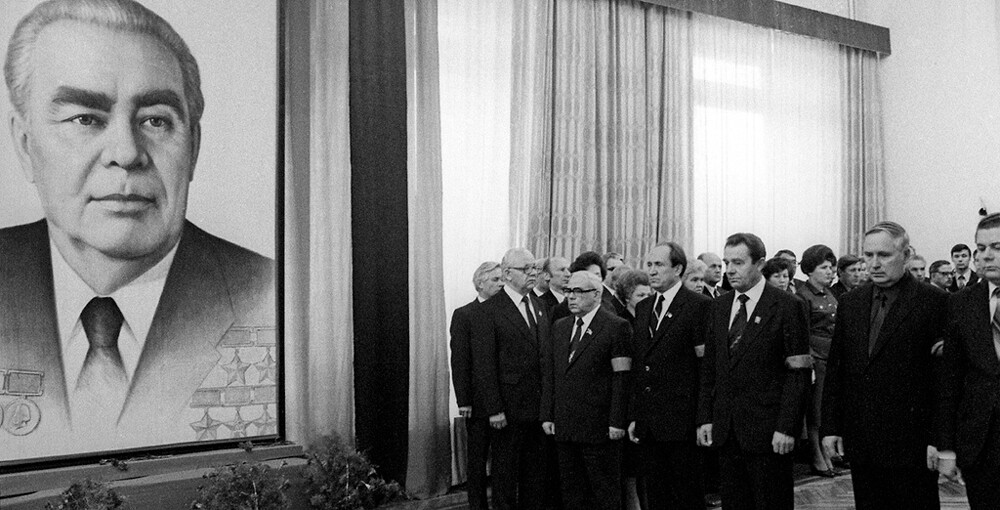
Members of the Central Committee
Mikhail Petrov/Southern Urals historical museum/Russia in photoMoreover, Petya could be appointed as a head of political management in a ministry… to be a Communist Party controller for the administrative structures.
To join the Central Committee, Petya had to graduate from a special high school for Central Committee members. The Central Committee was the Soviet Union’s main ruling institution, and it had just a few members. In 1990, there were a maximum of 412.
Petya is now a brilliant Party member, a Communist and a loyal employee. He has the opportunity to be elected to the managing structure of the Central Committee, the Secretariat, which was responsible for all of the Party’s activities and its very existence – the Political Bureau (Politburo), which was the ideological executive body.
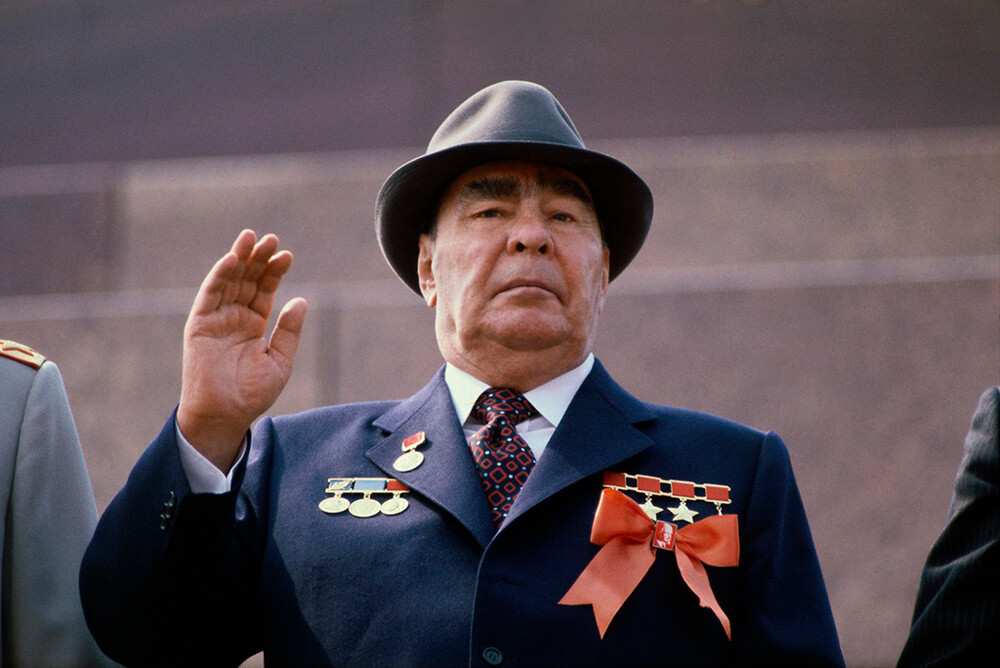
Leonid Brezhnev atop the Lenin Mausoleum – he was the General Secretary of the Central Committee of the Communist Party
Yury Abramochkin/Russia in photoThere was a parliament in the Soviet Union (the word soviet means “council”), and it consisted of the Supreme Soviet and the Presidium of the Supreme Soviet. And the head of the Presidium of the Supreme Soviet… was actually officially the head of the Soviet Union! But in reality the true Soviet leader was the head of the Communist Party. (This position was called the General Secretary, or the First Secretary of the Central Committee of the Communist Party).
Unfortunately, Petya is very unlikely to reach this position But we know a few people who did: Joseph Stalin, Georgy Malenkov (for half of a year), Nikita Khrushchev, Leonid Brezhnev, Yury Andropov, Konstantin Chernenko and Mikhail Gorbachev, who reformed the position and the entire state system… until it collapsed.
Dear readers,
Our website and social media accounts are under threat of being restricted or banned, due to the current circumstances. So, to keep up with our latest content, simply do the following:
If using any of Russia Beyond's content, partly or in full, always provide an active hyperlink to the original material.
Subscribe
to our newsletter!
Get the week's best stories straight to your inbox